Share
How Rhinos Changed the Trajectory of Ami Vitale’s Career
For a long time, Ami Vitale’s dream was to be a war correspondent. After graduating with an International Relations degree from UNC-Chapel Hill, ...

For a long time, Ami Vitale’s dream was to be a war correspondent. After graduating with an International Relations degree from UNC-Chapel Hill, she worked as an Editor at the Associated Press and then moved abroad to pursue journalism, eventually becoming a war correspondent during the War in Kosovo. She was on a clear path forward, with hopes of shining a light on human tragedies through her writing and photography. But one phone call changed everything.
She’d been contacted by friends in the Czech Republic who told her about the relocation of four of the last northern white rhinos from the Dvůr Králové Zoo to Kenya. There were only eight left on the planet and the relocation was a last ditch effort before extinction. “I knew in that moment I had to change the kinds of stories I was telling,” she recalls.
Since then, Vitale has devoted her professional life to raising awareness for the animal kingdom and the incredible community-based conservation efforts she’s been introduced to along the way. A Nikon ambassador, PhotoShelter member and National Geographic photographer, her features on Sudan (the last male northern white rhino), behind-the-scenes stories about panda breeding in China and conservation efforts in Kenya for orphaned elephants have solidified her a place among some of the greatest wildlife photographers of our time. (She’s also got nearly 1 million Instagram followers and won quite a few awards to prove it, too.)
To mark the end of our week-long celebration of Earth Day and all things environmental, we’re celebrating Vitale’s amazing work.
Cover image by Ami Vitale
On Sudan, the last northern white rhino —
Vitale’s wildlife journey began in late 2009 with the relocation of three of the last northern white rhinos back to Kenya, including Sudan, the only living male. Since then she’s made many trips back to Ol Pejeta Conservancy, most notably a heartbreaking journey in 2018 when she was called back to photograph the compassionate euthanasia of Sudan.
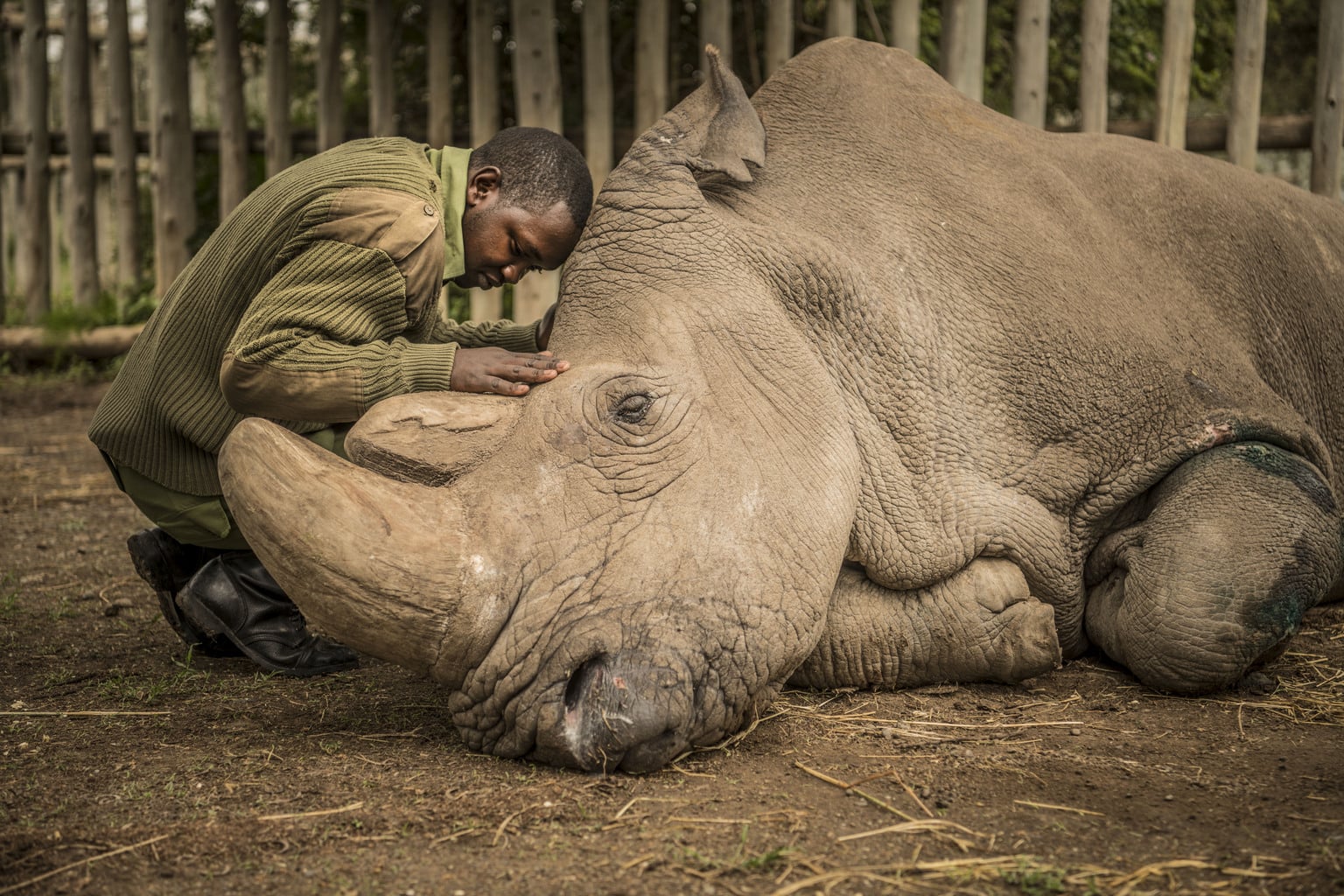
Vitale notes that she had a big “a-ha” moment after that initial trip. Through the experience with Sudan and later on Fatu and Najin (his granddaughters), she realized there was a clear connection between the wars she’d been covering and the natural world. Since then, it’s been her personal mission to tell the stories few are privy to. She’s also harnessing the power of social media to amplify the discussion around important conservation efforts in at-risk regions and explore the link between the natural world and humans.
One of the things we love most is her storytelling around community-based conservation efforts. “The plight of wildlife and the conflict between poachers and increasingly militarized rangers has received much-needed attention. But very little has been said about the indigenous communities on the front lines of the poaching wars, and the incredible work being done to strengthen them. We often forget that the best protectors of these landscapes are the local communities. Their efforts are ultimately the best immunization against forces that threaten both their wildlife and way of life. My hope is that Sudan’s legacy serves as a catalyst to awaken humanity to this reality,” she writes.
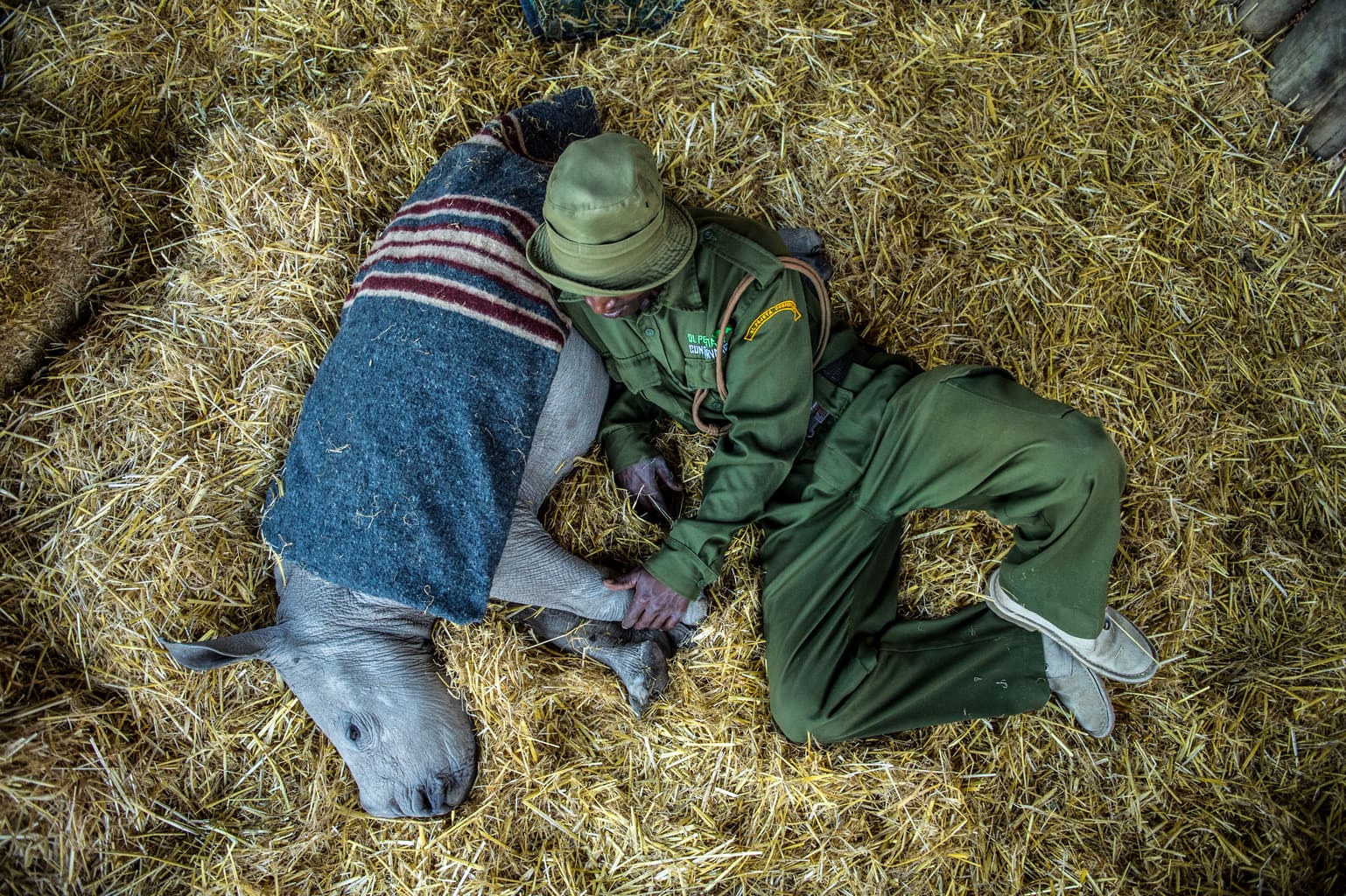
On pandas —
Before Vitale’s videos about pandas, we can’t say we knew what a baby panda’s cry sounded like. Cuteness overload aside, Vitale’s work highlighting the achievements in panda breeding is nothing short of amazing.
In 2013 she got involved with Wolong’s Hetaoping Center when she joined a film crew documenting the release of the first female captive-born panda into the wild. “As she trundled off into the forest, she took with her the aspirations for an entire species,” she said. To prevent the shock of encountering a human during her first few steps into the wild, Vitale and the rest of the crew dressed up like trees to try and blend in with Zhang Xiang’s surroundings. This level of empathy is no doubt one of the many reasons Vitale’s work is so compelling. We suspect it’s also one of the reasons she gets called back by so many conservation organizations for follow-up stories.
Documenting wins in breeding at-risk species like the Giant Panda is imperative, and lays the groundwork for raising awareness for other biological and environmental efforts happening globally. In this case, it also resulted in a happy ending: in late 2016 the Giant Panda was taken off the endangered species list, having been on it since 1990.
On orphaned elephants —
One of Vitale’s more recent projects revolves around the orphaned elephants cared for at Kenya’s Reteti Elephant Sanctuary, the first community-owned elephant sanctuary in East Africa. The goal of the sanctuary is helping orphaned elephants return back to the wild and lead healthy lives.
“So much of the success of conservation is about local pride and local community cohesion, ” she told us.
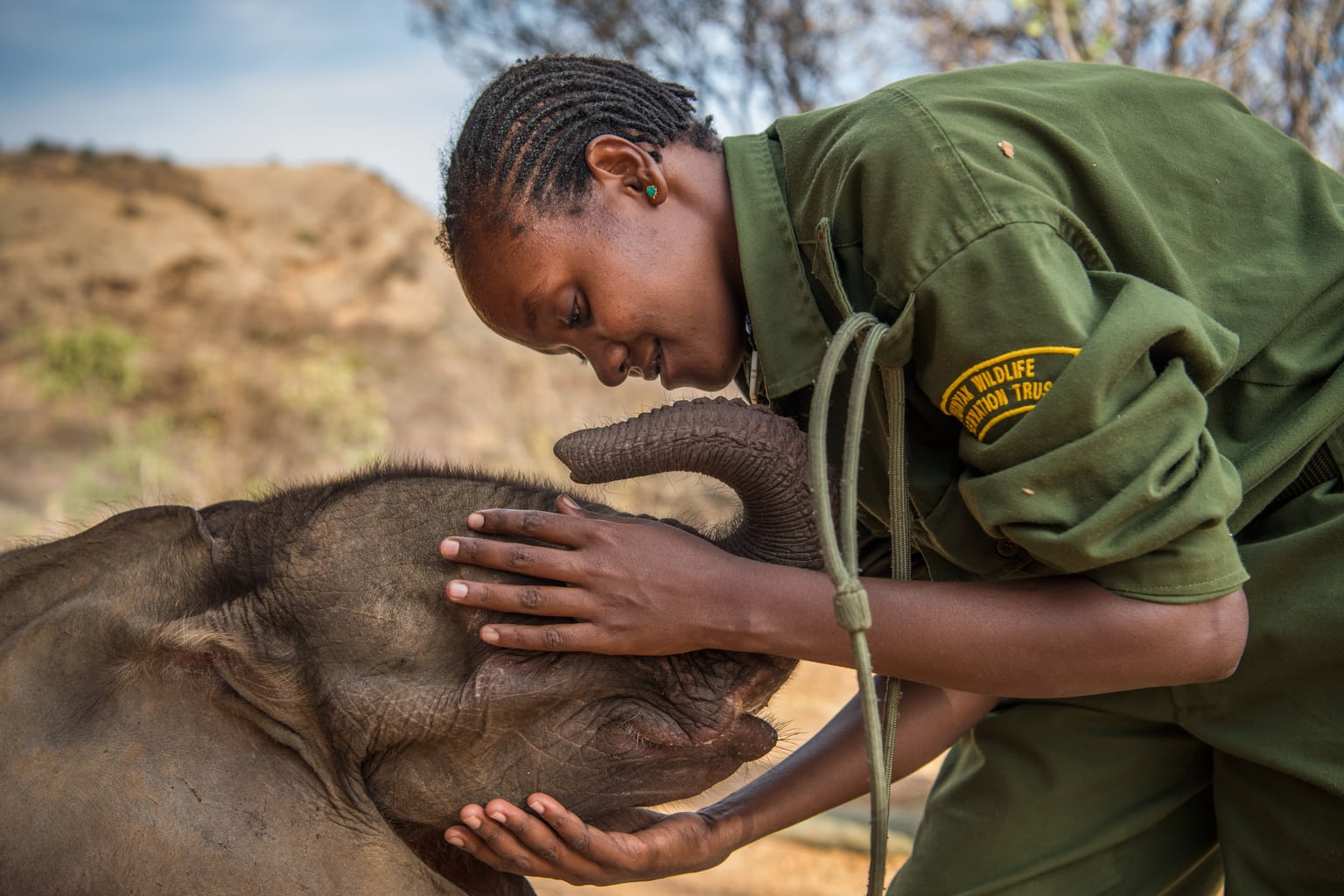
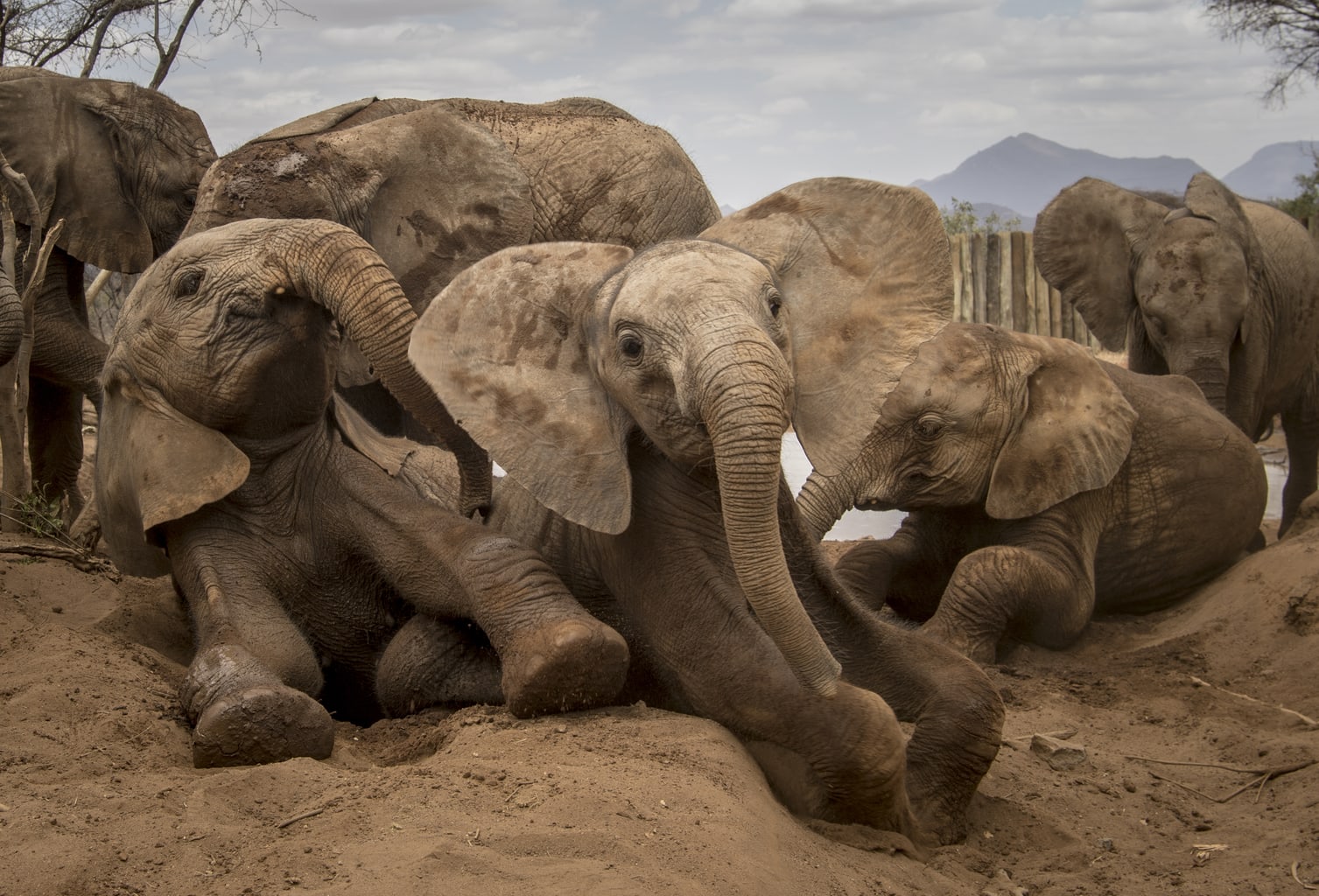
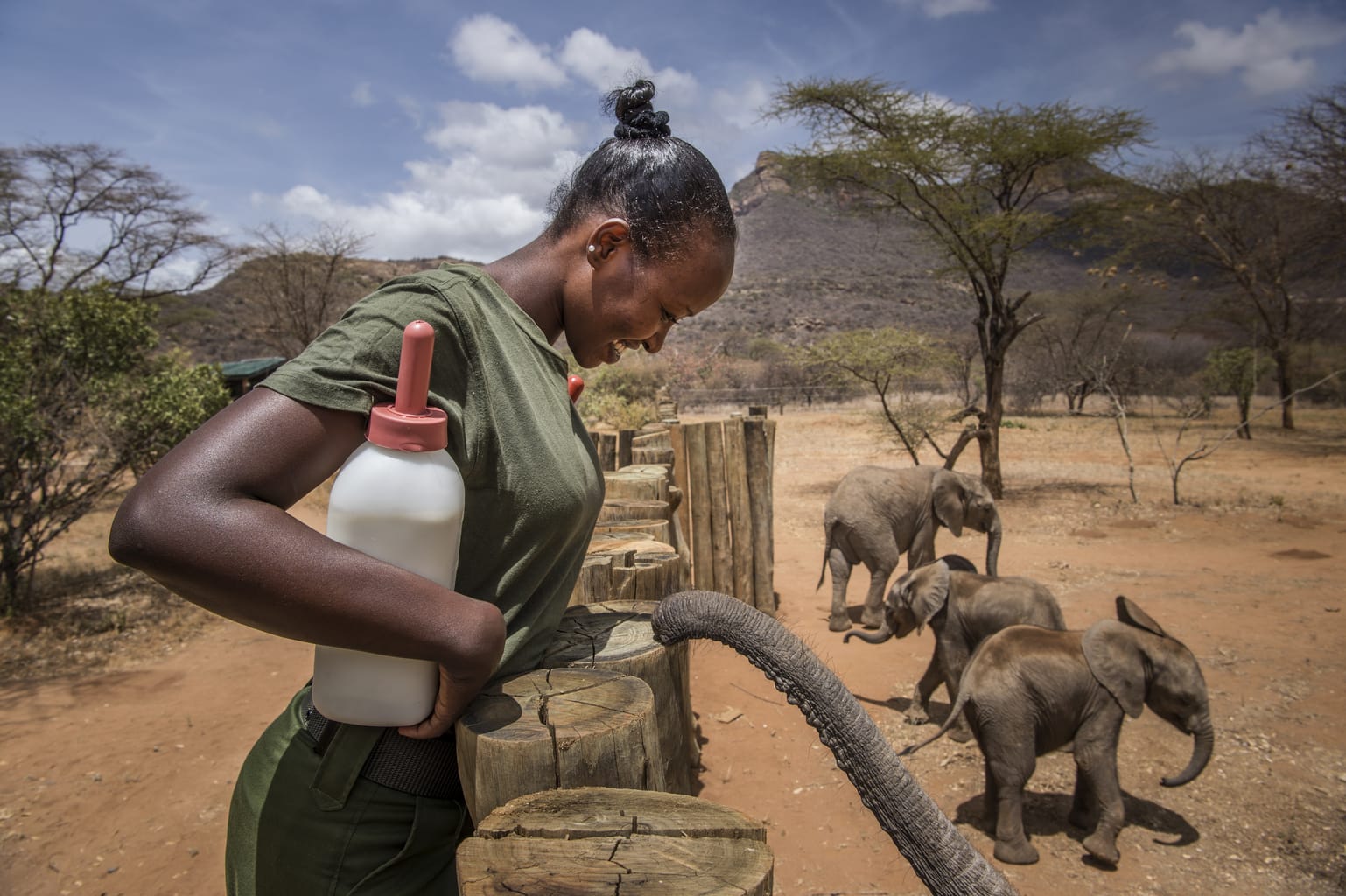
While working around these orphaned, often very ill creatures one of her biggest challenges was gear-related. As respectful and calm as she tried to be around the frightened animals, she recounted that the sound of her camera’s shutter would scare them. She’d been told by Retiti’s handlers the sounds were likely reminding them of the guns that killed their mothers, so using the new Nikon Z 7 has been a big game changer for her.
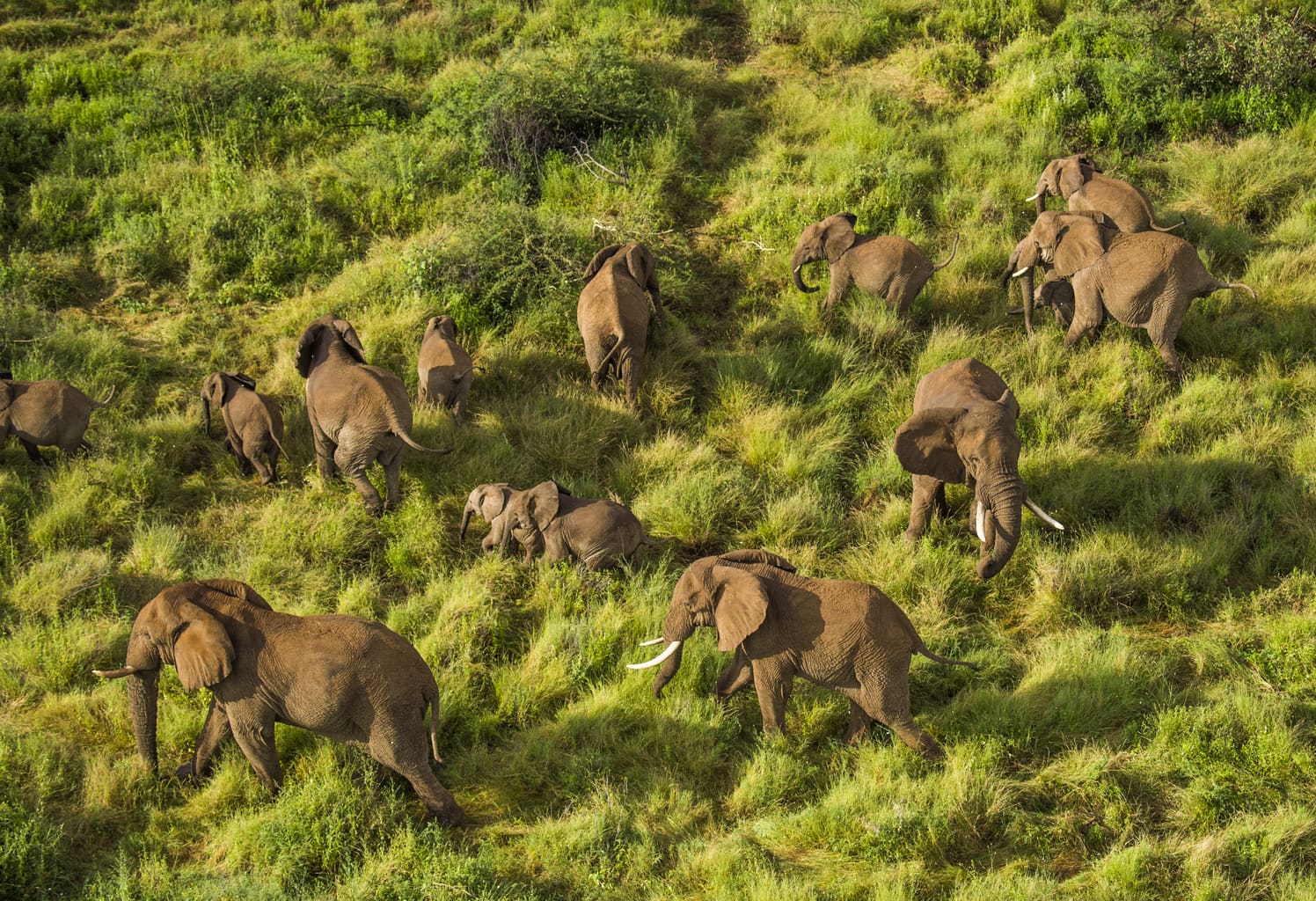
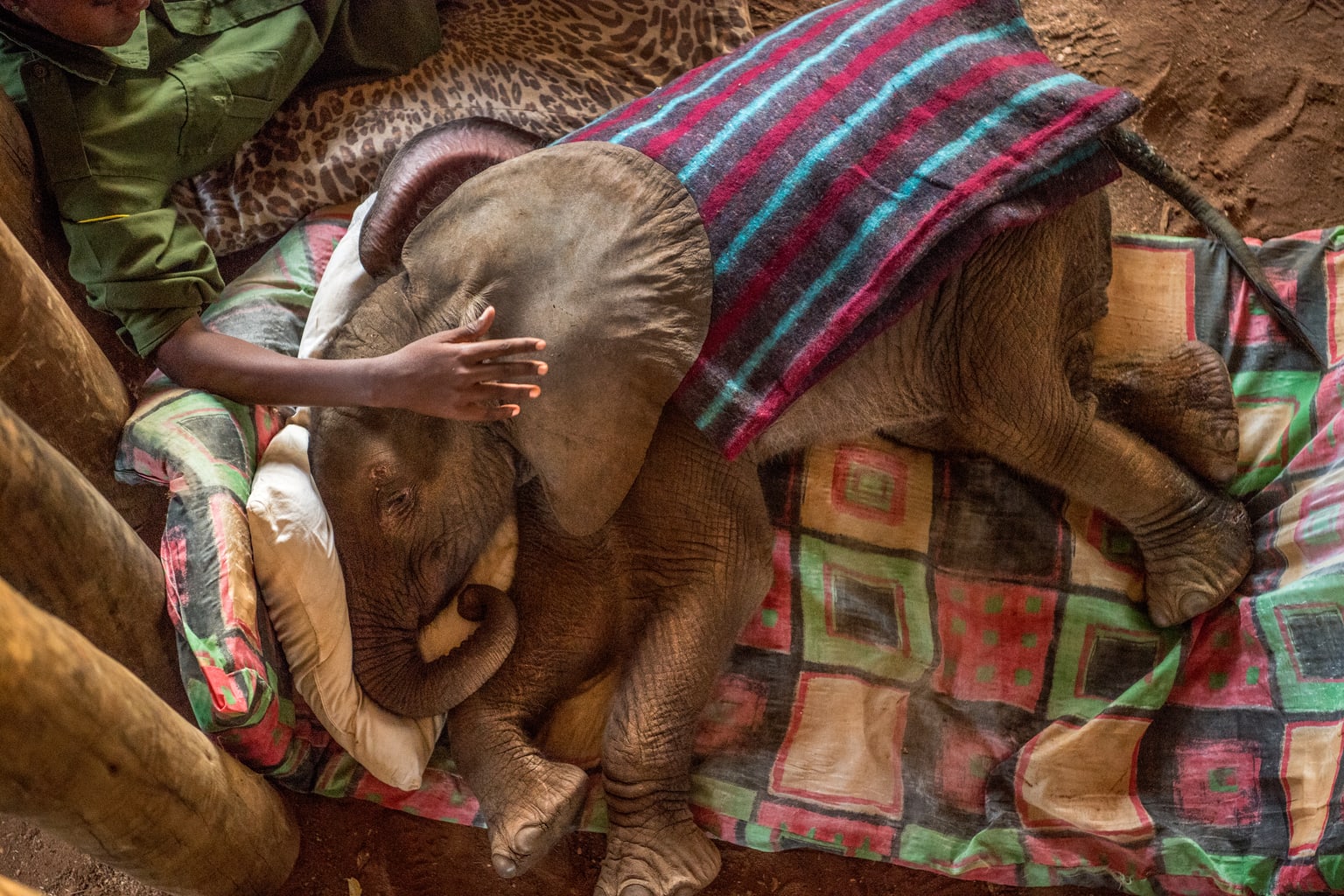
Recently she told us the story of an elephant named Shaba, the matriarch of a herd, who would try to kill her by charging during photoshoots a few years back. “Once I had that camera and I had it on silent mode, everything changed. I’m officially part of the herd and she’s accepted me in a way that I’ve never experienced before. She’s very protective of the babies in the herd and now I can walk among them,” she said.
The intimacy that’s been established over time, with help from the silent shutter and more compact mirrorless camera, no doubt allows for better storytelling.
At its core, Vitale’s work is all about showing how we can be catalysts for change. It’s no longer enough to just bear witness. We have to be a voice and a messenger about how to create a world we want to live in. Her message: “The biggest story out there right now is our planet. We’re at this moment where we know. We know what’s happening and we have a choice.”
How are you doing your part?


